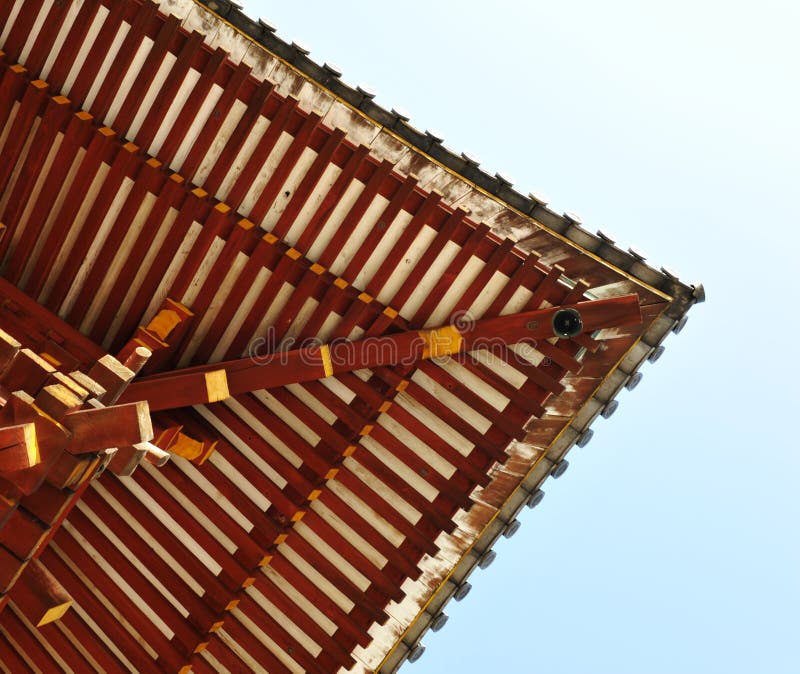

There is a statue of Acala, a Buddhist deity that is attributed as being the protector of Buddhism and to aid all beings in showing them the law of the Buddha. The Hogon-ji Temple is home to statues and a miniature pagoda in memorial to other deities, as well. Amida Halls, however, did not reportedly start being built until around 1051 CE It is therefore apparent that the style of architecture changed with the reconstruction. However, the rebuilt Hogon-ji Temple strongly resembles the common architectural attributes of a Buddhist Amida Hall. The original temple was rebuilt in 1602 so there is no real documentation on what it actually looked like. This is important in that the Hogon-ji Temple was built in honor of the goddess Benzaiten, the Japanese adaptation of the Indian goddess Sarasvati, who is also the goddess of eloquence, learning, military prowess, and a musician. The Emperor Shōmu who had the temple originally built was a practitioner of Buddhism. The area of Lake Biwa and the surrounding mountains are mentioned many times in the famous story of The Tale of Genji. The temple ranks with the Enoshima Shrine in the Kanto Region, and the Itsukushima Shrine in the Chugoku Region as the three great Japanese shrines dedicated to the goddess Benzaiten. Thus in 724, the temple complex that includes the Hogon-ji Temple and the nearby Tsukubusuma Hall was originally built. Īs Benzaiten supposedly had lived on the island since it had formed, the story goes that one day Amaterasu OmiKami, the goddess who is said to have built Japan, appeared to the reigning Emperor Shōmu and told him to build structures in order to worship Benzaiten. Chikubu Island is supposedly one of the places where the goddess Benzaiten, who is related to water and one of the Seven Gods of Luck, lived. The Hogon-ji Temple is special because of its location on Chikubu Island in the Shiga Prefecture in Japan (see fig. The artwork on the temple's gate has features reminiscent of the Momoyama Period. The temple's gate is originally from the Toyokuni Shrine in Kyoto, but was moved to Chikubu Island during the renovations in 1602.

The temple looks to be of Amida style architecture. The temple has been rebuilt a few times over the years, with a major rebuilding around 1602 CE by the Japanese court officials Toyotomi Hideyori and Toyotomi Hideyoshi. Also, it is said to have first been built in 724 CE under the order of Emperor Shōmu. It is a Buddhist temple dedicated to the goddess Benzaiten. It is part of a temple complex on the revered island. The Hogon-ji Temple is located on the sacred Chikubu Island in Shiga Prefecture, Japan. For a Buddhist temple in Matsuyama, Ehime, Japan, see Hōgon-ji (Matsuyama). This article is about a temple on Chikubu Island in Shiga Prefecture, Japan.


 0 kommentar(er)
0 kommentar(er)
